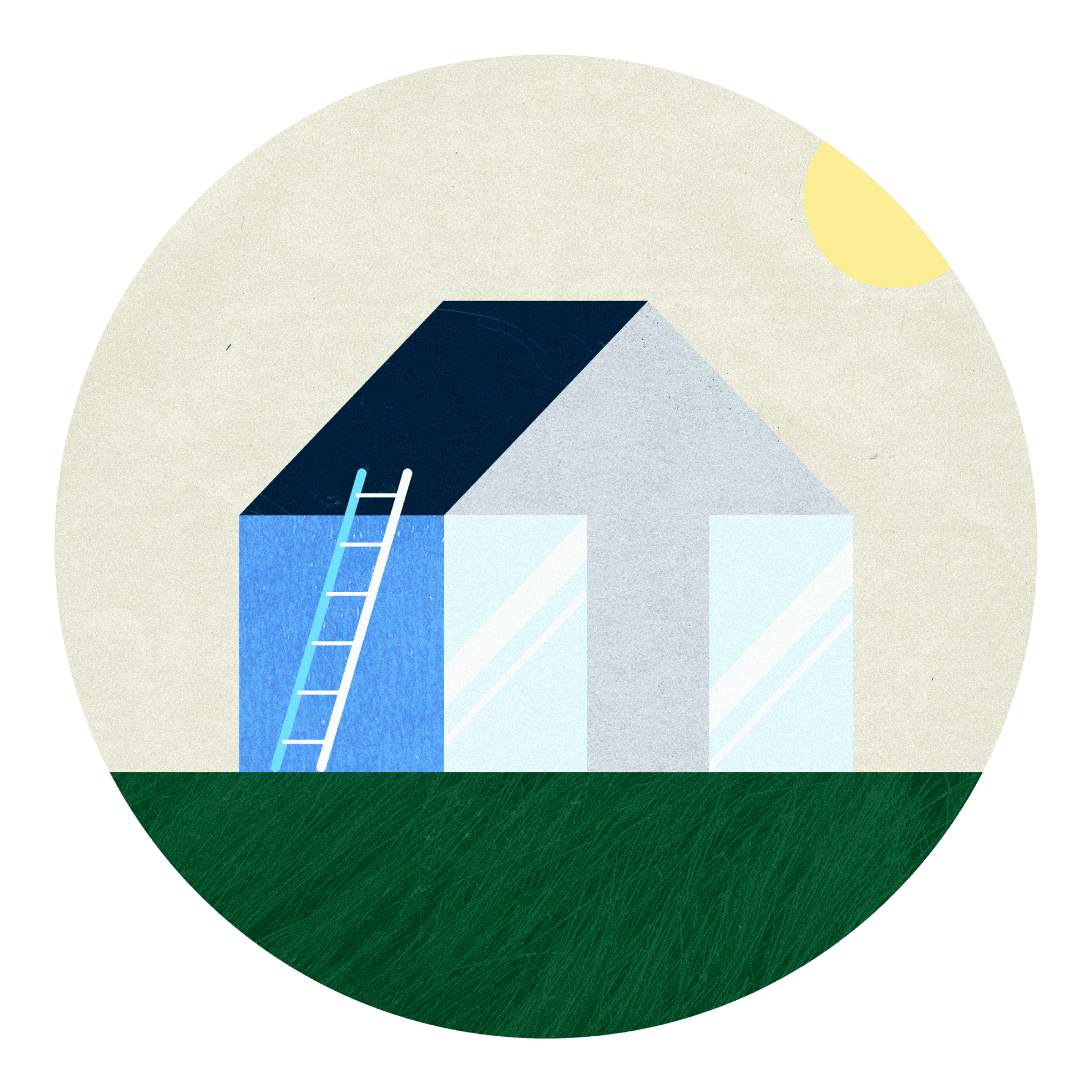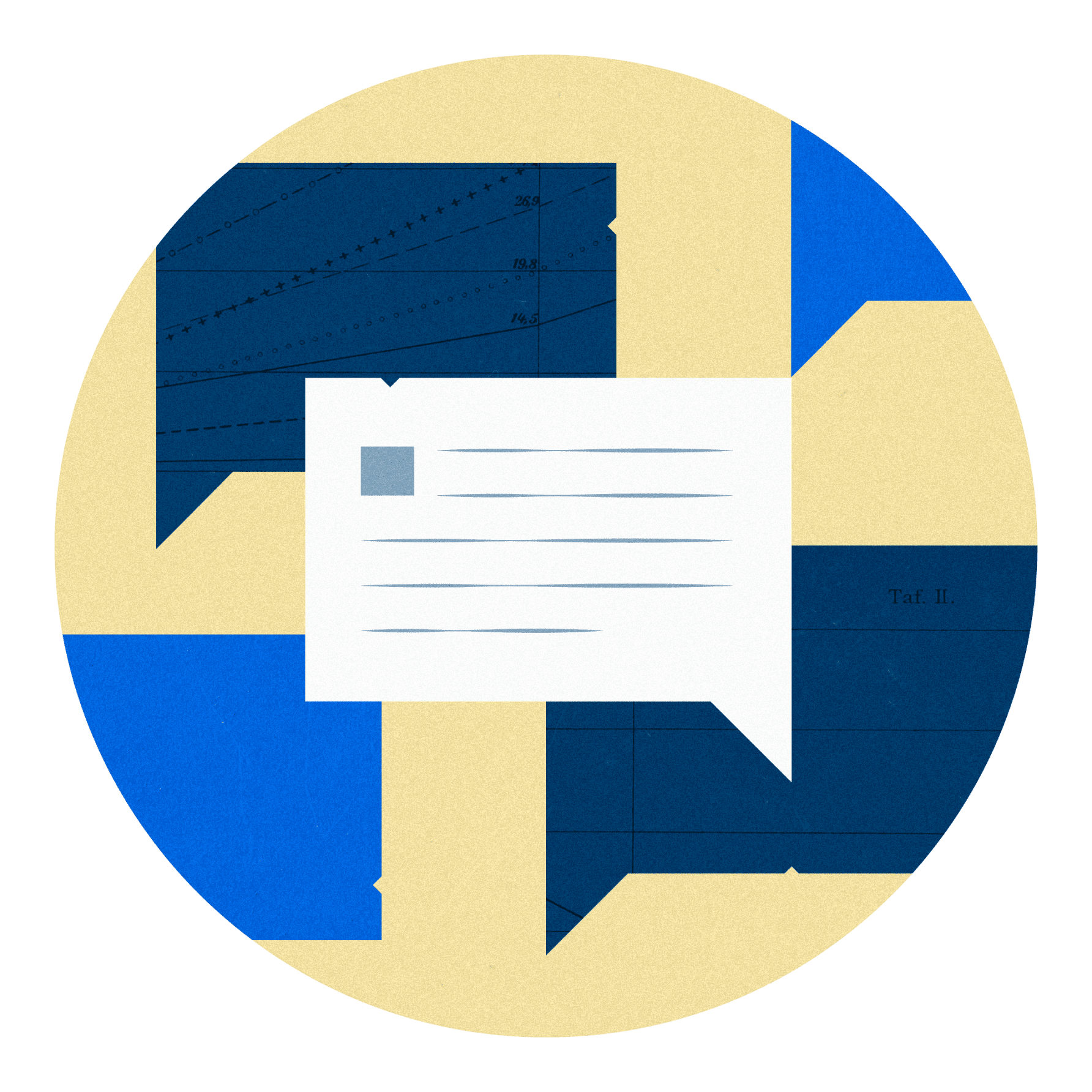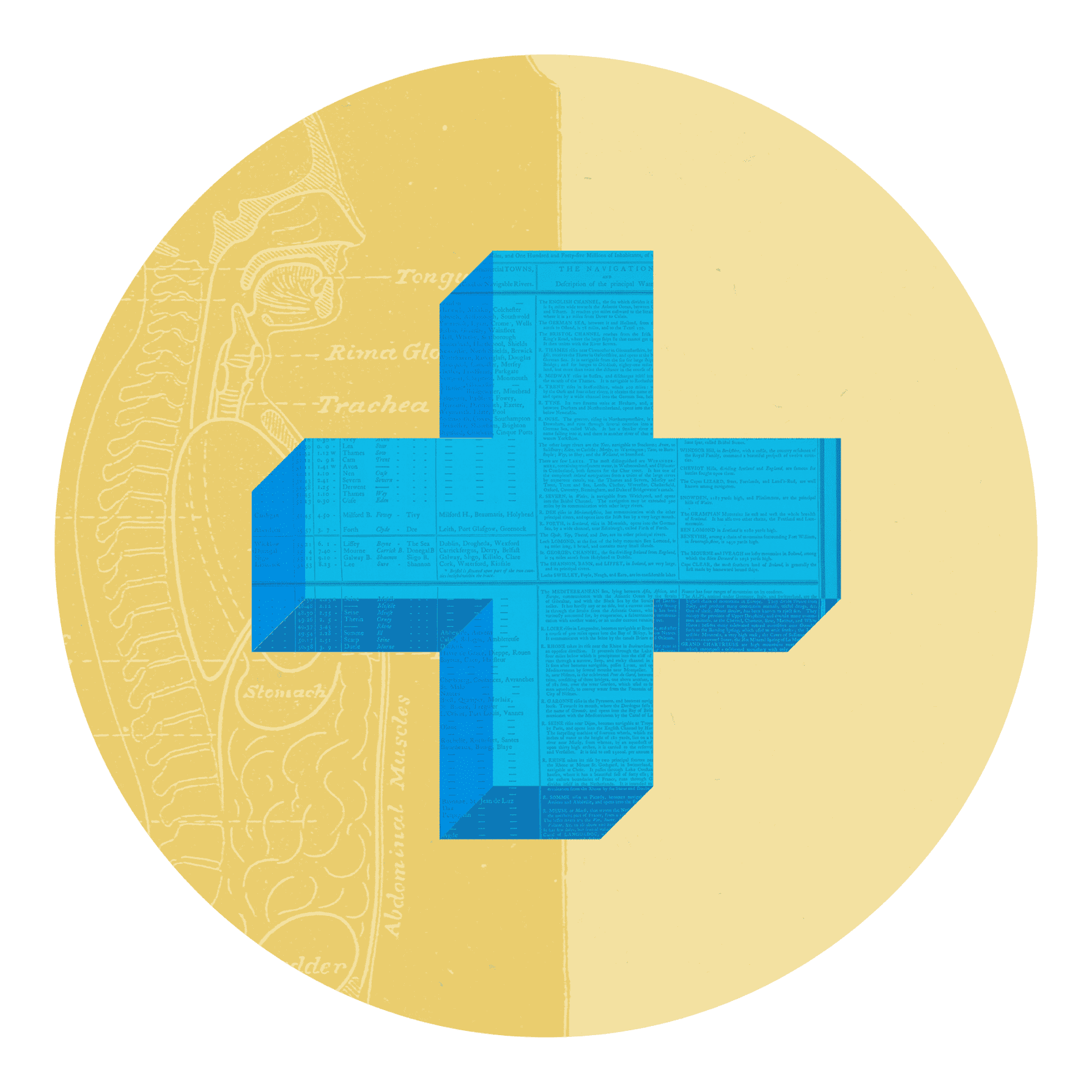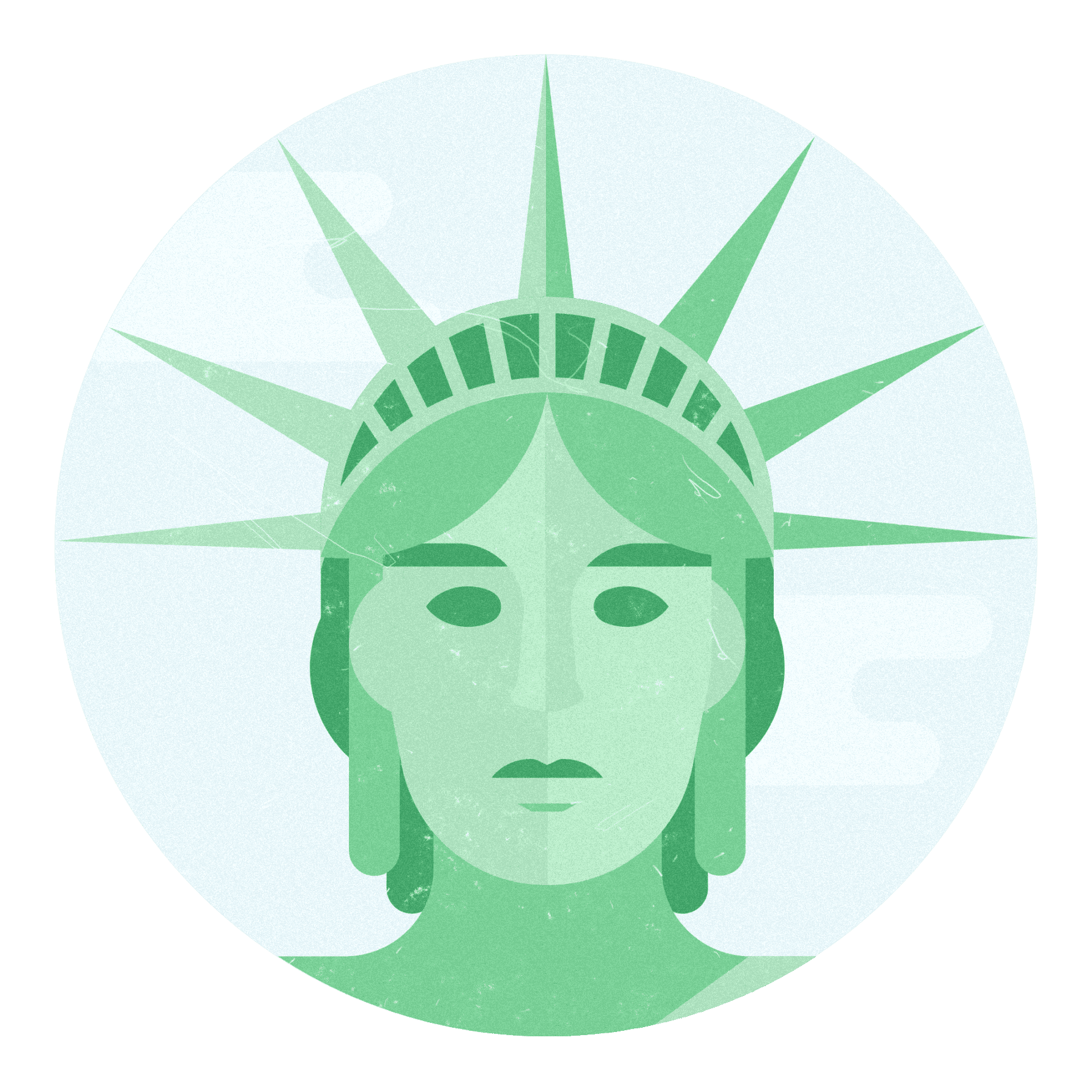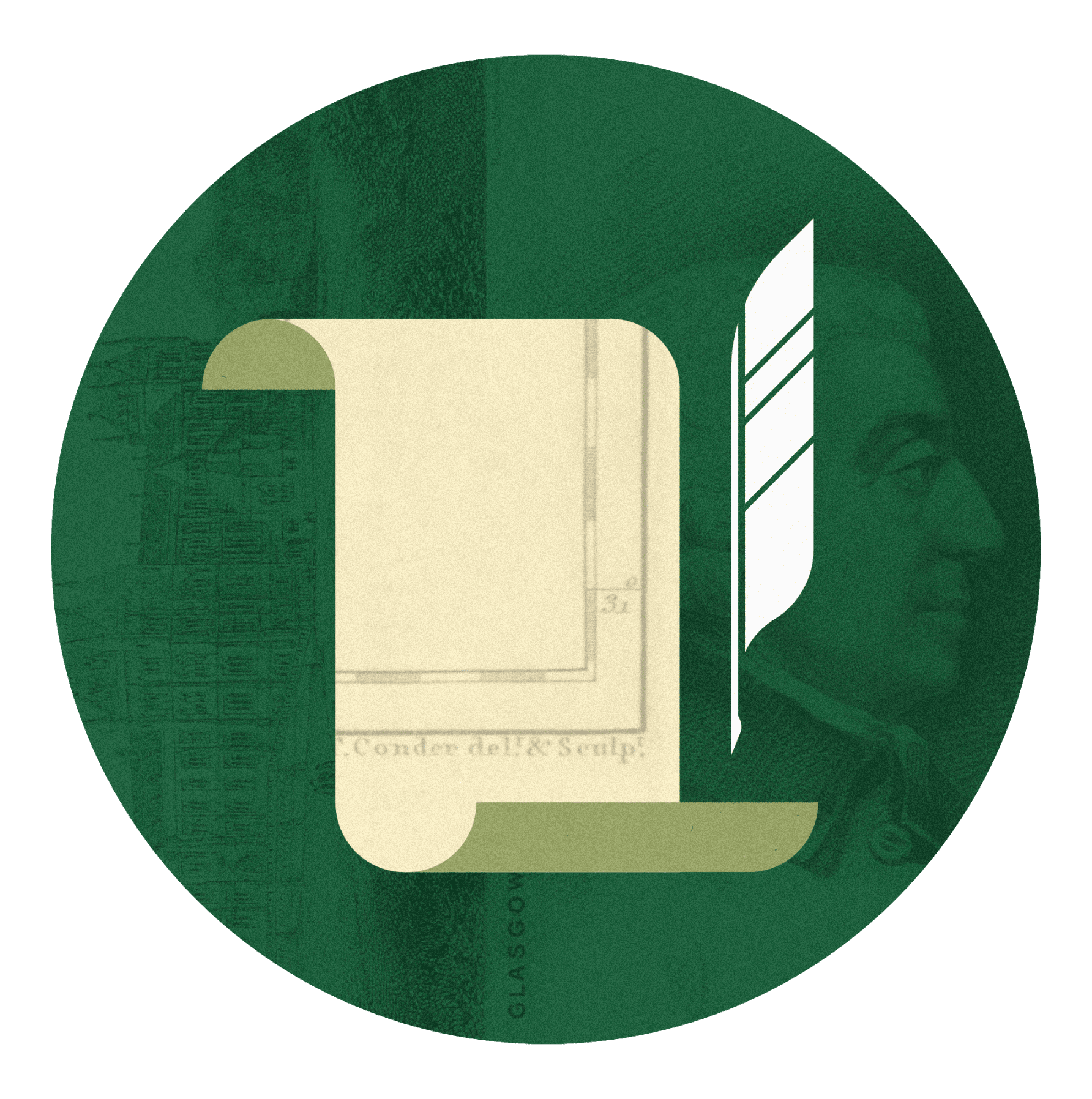Every person should have access to learning opportunities that lead to a meaningful career. Catalyze was established in 2021 to foster innovation in career-connected learning — in school or out-of-school educational opportunities that allow people to identify their purpose, reach their potential, and achieve fulfillment — for learners aged 11 to 22. Catalyze has completed two rounds of funding and the deadline for its third Catalyze Challenge closes Sept. 22. Charles Koch Foundation (CKF) supports Catalyze because its pooled funding model is an effective strategy to achieve wider and deeper impact and create more opportunities for more young people. Our Director of Educational Partnerships Brennan Brown spoke to Catalyze Director Michelle Cheang about Catalyze’s mission and goals and round three of the national challenge.
BROWN: A wide array of organizations support Catalyze. What is the shared vision?
CHEANG: It’s an understanding that transformative career-connected learning is a conduit to a rewarding career that fosters personal growth, meaning, and fulfillment. When I think about human dignity, I think of being empowered. It’s really empowering to understand your likes, your strengths, and your potential. Dignity is understanding how you can make meaningful contributions through your work — whether those contributions are to your family, your community, or society.
BROWN: You joined Catalyze in June. Why were you drawn to this work?
CHEANG: For the last decade of my career — at nonprofits, in a community college system, and partnering with Los Angeles County public schools — I have worked at designing, implementing, and funding holistic, student-centered programs that help young people develop skills to find meaningful work. I know we need to change the conversation around what it means to have a good career and the diverse pathways that can get individuals there, and that’s part of what Catalyze and its supporters are trying to do.
Too often, people are told the only path to a “good” career is a four-year degree. When a student hears that, but believes a four-year degree isn’t for them, it can shut them off to learning altogether. It can lead to disengagement from high school, even dropping out, or going straight into a job that won’t provide a family-sustaining wage or fulfillment. Catalyze wants to highlight that diverse career pathways to rewarding careers exist. We want to learn from folks on the ground, foster innovation in this space, and change the way society talks about acceptable career pathways.
BROWN: You’re talking about self-actualization — a person discovering and developing their unique interests and aptitudes. How does Catalyze help people pursue self-actualization?
CHEANG: So many times we see a disconnect between what someone enjoys and the work they do. That leads to frustration. Catalyze fosters career-connected learning innovations that allow learners to explore what they like and what they’re good at — and also offer them a path where they can leverage those interests and aptitudes to create a meaningful career.
For example, nXu provides evidence-based learning experiences through a school-based curriculum and direct programming for students and educators. Their work is based on the idea that young people need more than academic excellence to succeed — they need opportunities to explore their identities, develop a sense of purpose, cultivate social capital, and foster social-emotional wellness. Joseph Frick, a teacher who uses nXu’s curriculum, said it gives students “a structured space to engage authentically with what they’re interested in or passionate about.” After completing nXu programs, students report a five fold increase in their sense of purpose compared to students who did not participate in the program.
BROWN: The Catalyze model is designed to support social change entrepreneurs closest to the challenges they’re trying to tackle. What are the advantages of this bottom-up design?
CHEANG: Not only are the people on the ground the ones who are going to implement programs, they’re the ones who have the connections to the community and the learners. So, we prioritize what we call proximate leadership and proximate teams. We want Catalyze grantee partners to have deep connections to the students and communities they serve because there is magic in that connection. A team that is led by people with experience, relationships, and knowledge of the communities they aim to serve can better approach the problem. Our grantee partners are providing a space for learners to be part of the design process because it strengthens programs and learner buy-in.
Top-down solutions don’t always account for the nuances within a community, or the individuals within it. Innovators on the ground are the ones testing what’s working, what’s not working. At the end of the day, I strongly believe it’s our grantee partners who will dictate what and how successful innovations can be scaled and tailored to specific regions and students.
BROWN: In practice, how are Catalyze grantee partners transforming the career-connected learning space?
CHEANG: Hopeworks is one of our previous winners. It’s a blended organization, a nonprofit combined with a tech business that specializes in digital mapping, Geographic Information Systems, and web development. The organization works with high school students in Camden, N.J. and Philadelphia. It not only offers training resources for learners, some of whom may not have completed high school, but also provides access to trauma-informed care. Many students need these wrap-around services as a first step to self-discovery. We believe our grantee partners have a responsibility to meet students where they are.
Hopeworks has placed 125 students into jobs and generated $5.5 million for the local economy, but it’s also done much, much more than that. We recently talked to one student, Angel Moreno, who explained how Hopeworks allowed him to hone his public speaking skills and identify a desire to get a digital marketing degree. Angel said Hopeworks “shaped his life.”
BROWN: You’re taking applications for the third Catalyze Challenge now. What are you looking for?
CHEANG: We have two themes. One of them is around career exploration for young adolescents. We are looking for ideas that help learners build agency and explore their own unique purpose and strengths and then find career opportunities that align with who they are as a person. Many times, that work only starts when students are about to graduate from high school. That’s too late. We’re looking for programming that facilitates these conversations earlier — for example, in middle school when students are developing more awareness of their place in the world and in their community.
Our second theme is activating employer partnerships. In rounds one and two we found 95 percent of our grantee partners did have employer partnerships of some sort. But we also saw the need for deeper, more robust partnerships between innovators and employers. Employers obviously want strong talent and that work starts by partnering to help students in their communities understand the jobs available and the many pathways they can build skills to fill them.
BROWN: Can you tell me what your immediate priorities are for Catalyze?
CHEANG: Transformative storytelling is an integral part of what we want to do at Catalyze. To achieve that, we need to ensure we are collecting data and insights from our grantee partners. Too many education and career programs, especially those that come from the top-down, never seek to learn from the learner. As a result, they unwittingly make things harder for the people and communities they aim to serve. One of the advantages of investing in a program like Catalyze is that we connect our funders and supporters to our grantee partners and to the learners themselves and to their outcomes. We feed information back to organizations that support career-connected learning innovation so our experiences can inform the rest of their work. We want to learn from the field to inform the field. That’s how we’ll change the conversation about what it means to have a good career and how we’ll make sure more people know themselves well enough to find meaningful work.
This interview was edited for length and clarity.

